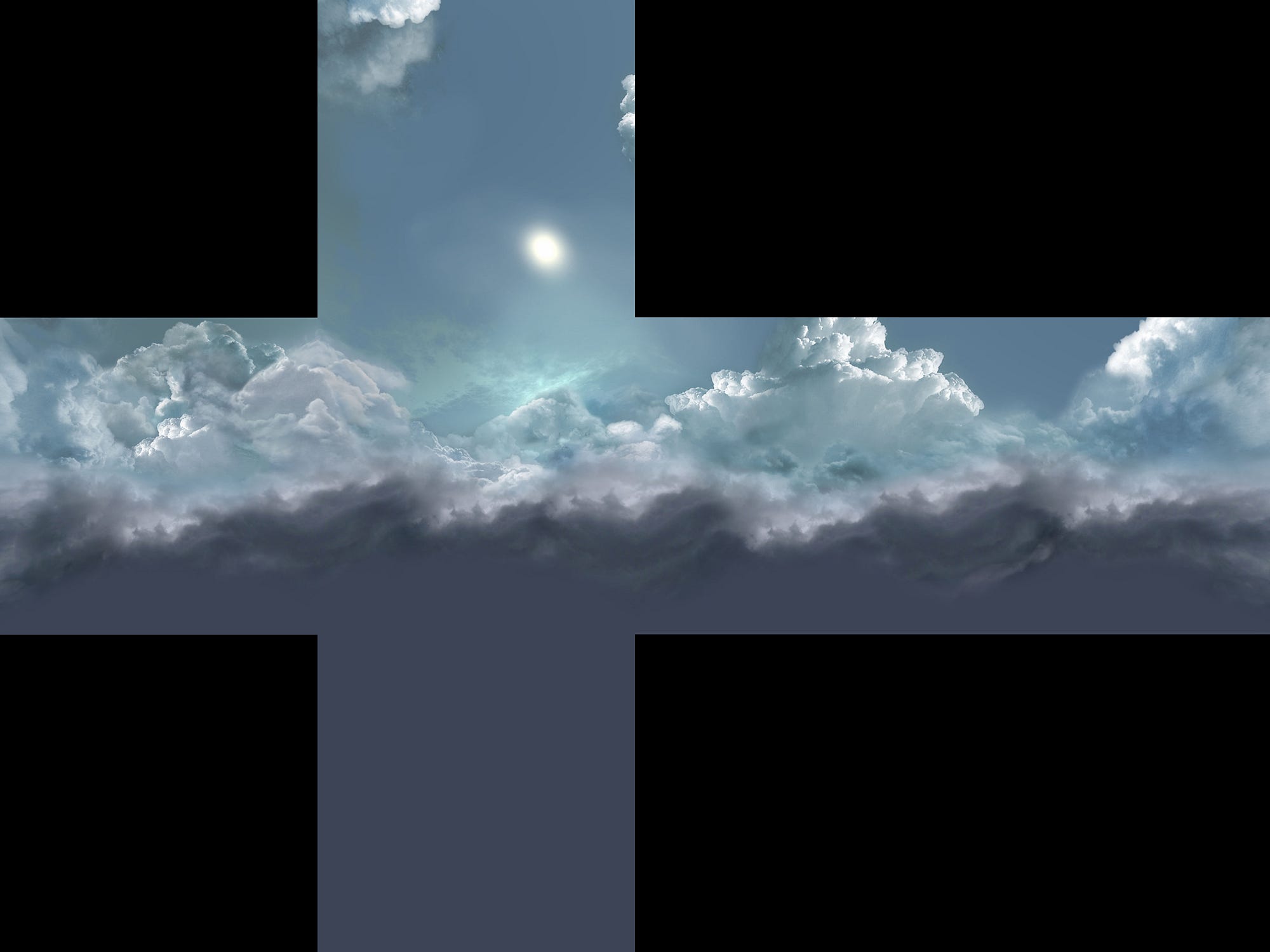

- #Affinity photo batch export how to
- #Affinity photo batch export driver
- #Affinity photo batch export software
- #Affinity photo batch export download
- #Affinity photo batch export mac
Unless you have the same printer driver and setup, your settings may be different.

The settings you see here are for my printer driver on the Mac. Please remember when reading this that I’m printing with an Epson 3880 printer. Let’s take a more detailed look at the settings on my Mac. Use the drop-down list to select the driver settings you want to adjust.

It’s very easy to select an A4 print when you have A3 paper loaded. Using a Preset to configure the Print dialog can make printing quicker and less error-prone. The Preset you create will then appear in the drop-down list for future use.
#Affinity photo batch export mac
I took this screen print using the Mac version of Affinity Photo. Please take a few minutes to watch this as it will help make sense of what’s happening.
#Affinity photo batch export how to
Be sure to place your Adjustment Layers beneath the Soft Proof layer in the image Layer Stack.Īs all this process can seem a little confusing, I decided to record a video demonstrating how to soft proof a photo for printing in Affinity Photo. You can do this using Adjustment layers like Curves, Levels, and HSL. It’s now time to correct your soft proof image so that it looks good again. It’s very likely that the Soft Proof will make the image look a little flat and lifeless, but that’s how your print will look if you don’t correct it. You can check the difference by turning the Soft Proof layer off and on in the Layers Studio Panel. How different will depend on the ICC profile and Rendering Intent you select. With your Soft Proof Adjustment Layer set up, you should notice that it makes your image look different. If you don’t understand what this means and want to know more, watch my Soft Proofing video on YouTube (below). Absolute Colourimetric is the default and a good starting point for most prints. Next, you need to select the Rendering Intent to use. I will repeat, if you don’t use the correct ICC profile, Affinity Photo can’t accurately simulate the print. If there isn’t a profile available, switch to a paper that you can get the profile for.
#Affinity photo batch export download
If you don’t have the correct profile installed on your computer, stop what you’re doing and download it. If you don’t select the correct profile, Affinity Photo won’t be able to accurately simulate your print. This is essential and you can just pick a different profile because you don’t have the correct one installed.

The first task with the dialog is to select the ICC profile (Proof Profile) for the paper and printer combination you’re using. The Soft Proof DialogĪdding a Soft Proof layer will open the Soft Proof dialog which can you can see below. If it’s not on top, you need to click and drag it to the top before you do anything else. You don’t want any other layers on top of this Soft Proof layer. It’s important to ensure the new Soft Proof layer is on top of the Layer Stack. You can do this by clicking the Soft Proof option in the Adjustment Studio Panel (on the right of the Photo Persona). To Soft Proof your image in Affinity Photo adds a Soft Proof Adjustment Layer to the image. In Affinity Photo, you don’t need to do this.
#Affinity photo batch export software
In some software like Lightroom, you can choose between simulating ink and paper or not. When you Soft Proof in Affinity Photo the software will automatically simulate the effect of applying ink to paper. I’m going to deal with this in a separate future article.Ī Soft Proof is a representation of your image on a screen, as it would appear when printed. Apply print or output sharpening to the photo.I’m assuming here that you’re monitor is correctly calibrated and you’ve edited your photo to look the way you want it to. Think of photo printing in Affinity Photo as a three-step process.


 0 kommentar(er)
0 kommentar(er)
